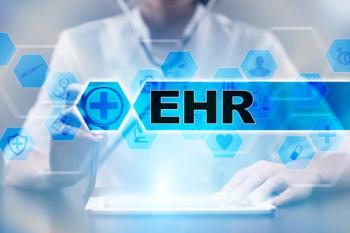
Survey: EHRs seen as positive for patient care, especially by those in larger practices
Electronic health records (EHRs) will have a positive effect on patient care, according to 39% of doctors participating in the 2011 Thomson Reuters - HCPlexus National Physicians Survey. The survey included responses from 2,958 doctors of varying specialties and practice types, from all 50 states plus the District of Columbia.
Electronic health records (EHRs) will have a positive effect on patient care, according to 39% of doctors participating in the
Almost an equal percentage of respondents, however-37%-said that the effect of EHRs on patient care would be neutral, and 24% said the effect would be negative. Practitioners who care for patients longitudinally and are less procedurally oriented were more positive about their use, and those who care for patients more episodically expressed fewer benefits from using EHRs, according to the survey-takers.
The survey defined practice sizes as solo, small (2 to 5 physicians), medium (6 to 20 doctors), or large (21 or more physicians). Favorable opinions of the effect of EHRs on patient care increased with practice size, although no practice size category had more than 50% of respondents with a positive view of EHRs. The percentage of both negative and neutral opinions of EHRs’ effect on patient care among the practice size categories increased as practice size decreased. No practice size category had more than 30% of respondents with a negative view of EHRs.
Of the total of participating doctors, 908 described themselves as primary care physicians, a category that, for survey purposes, included family doctors, general practice physicians, and internists.
The survey was conducted in the United States via fax in September. All respondents were physicians providing direct care of patients and did not include doctors in other roles, such as administration or research. Follow-up information was gathered in December and January.
Newsletter
Stay informed and empowered with Medical Economics enewsletter, delivering expert insights, financial strategies, practice management tips and technology trends — tailored for today’s physicians.














